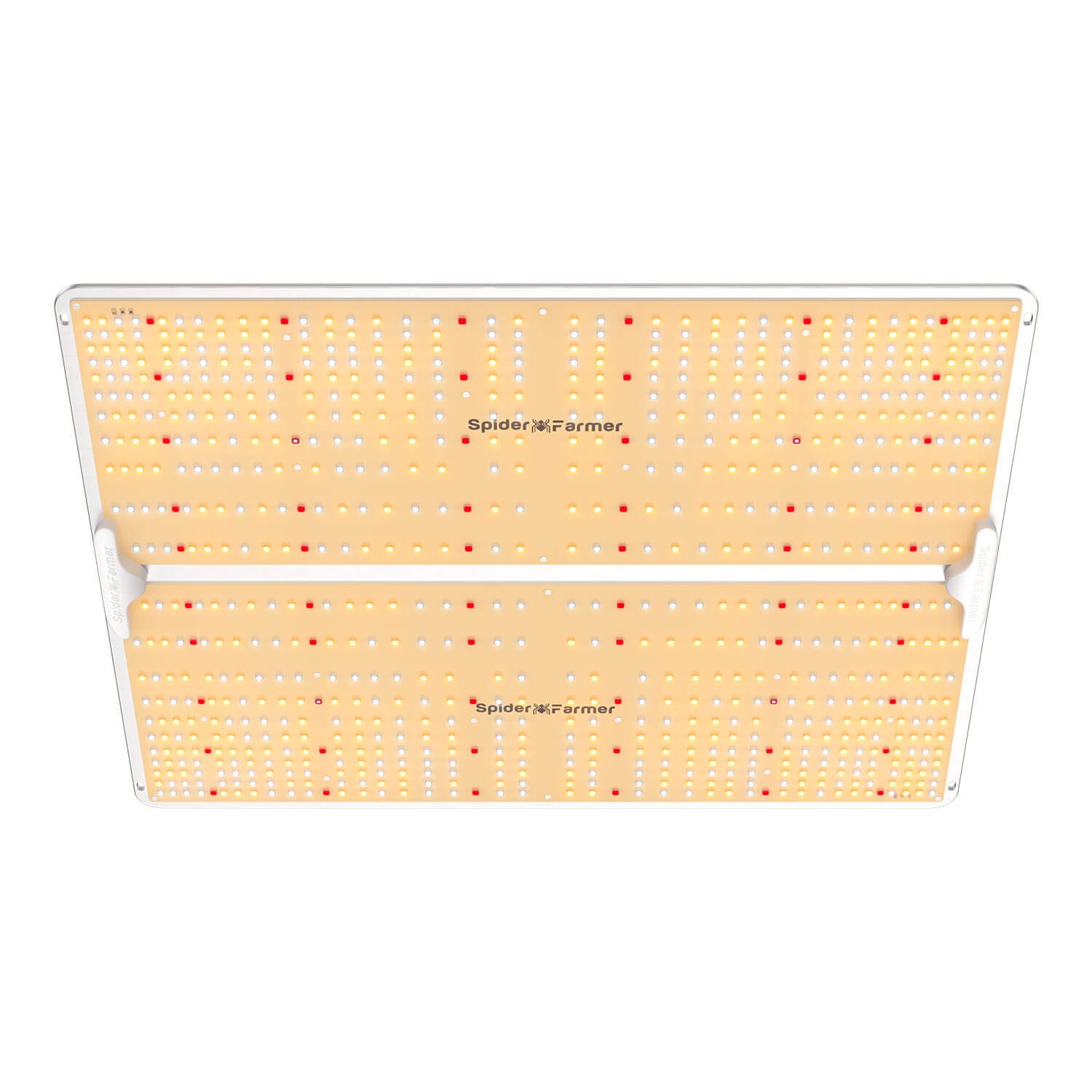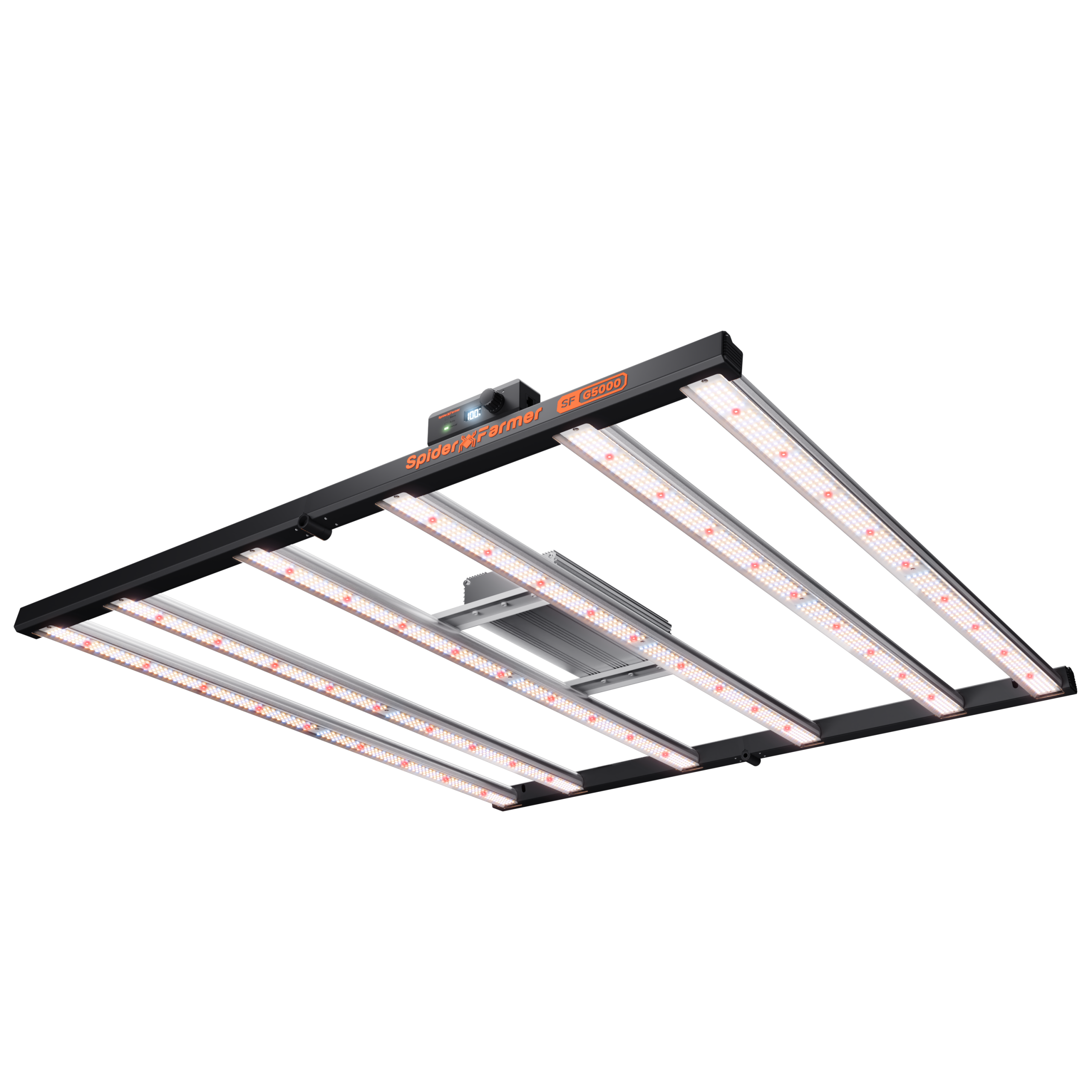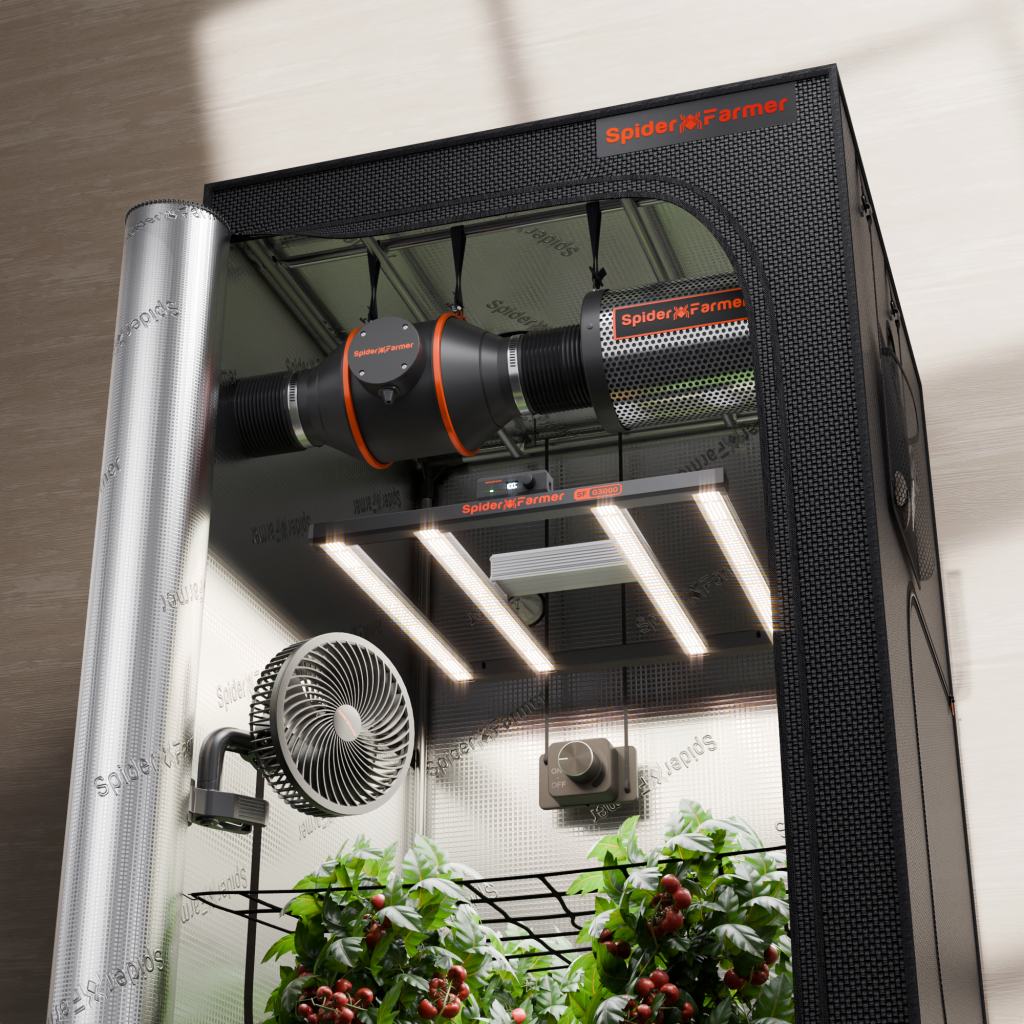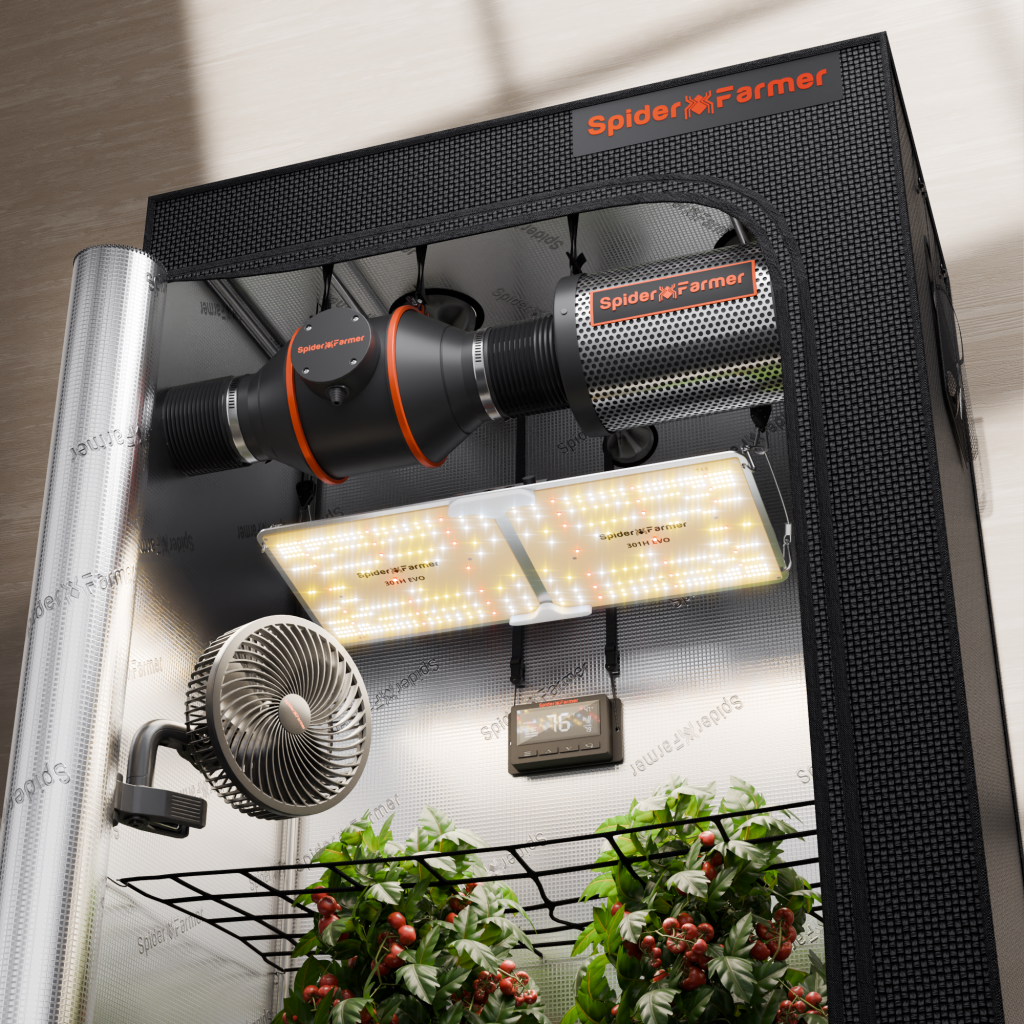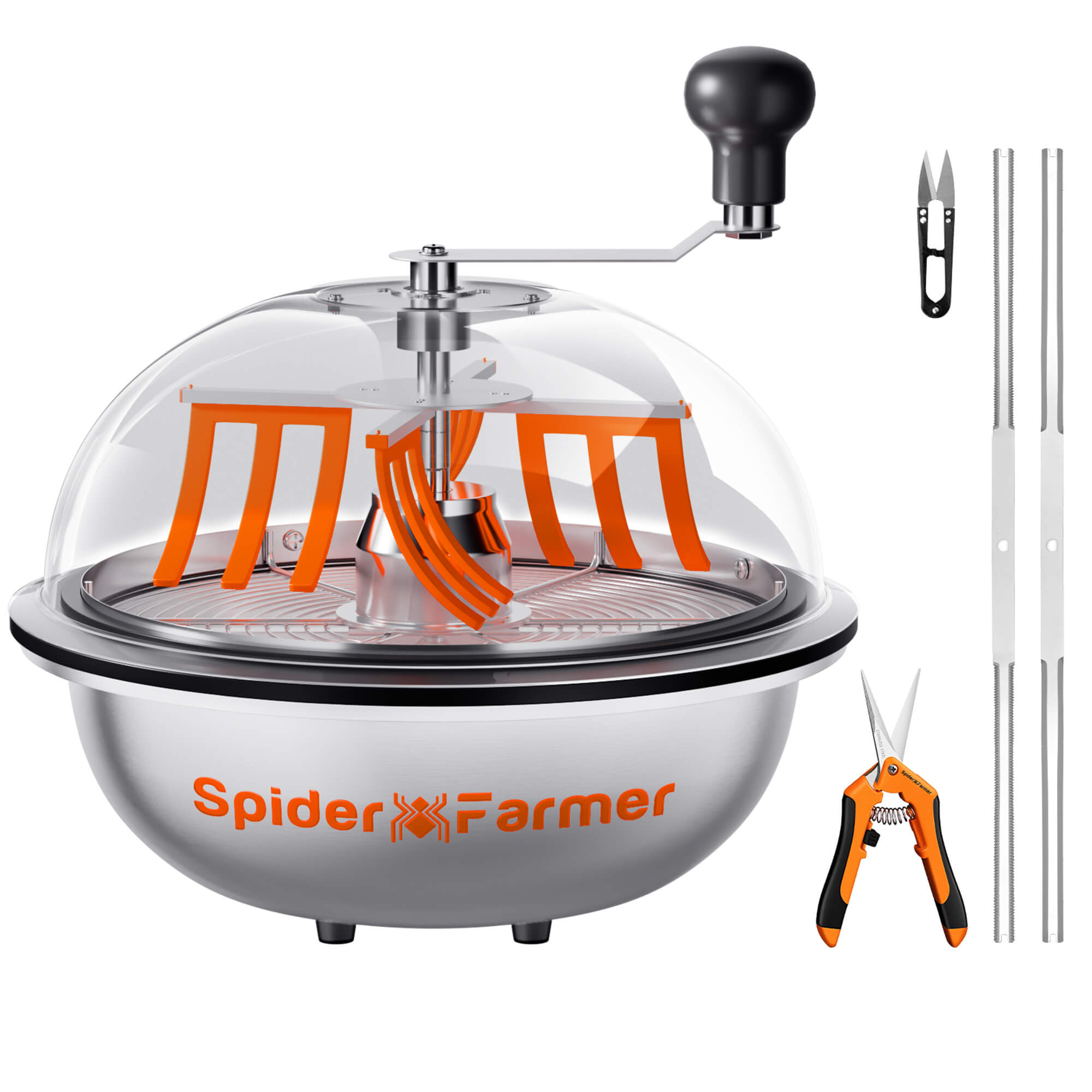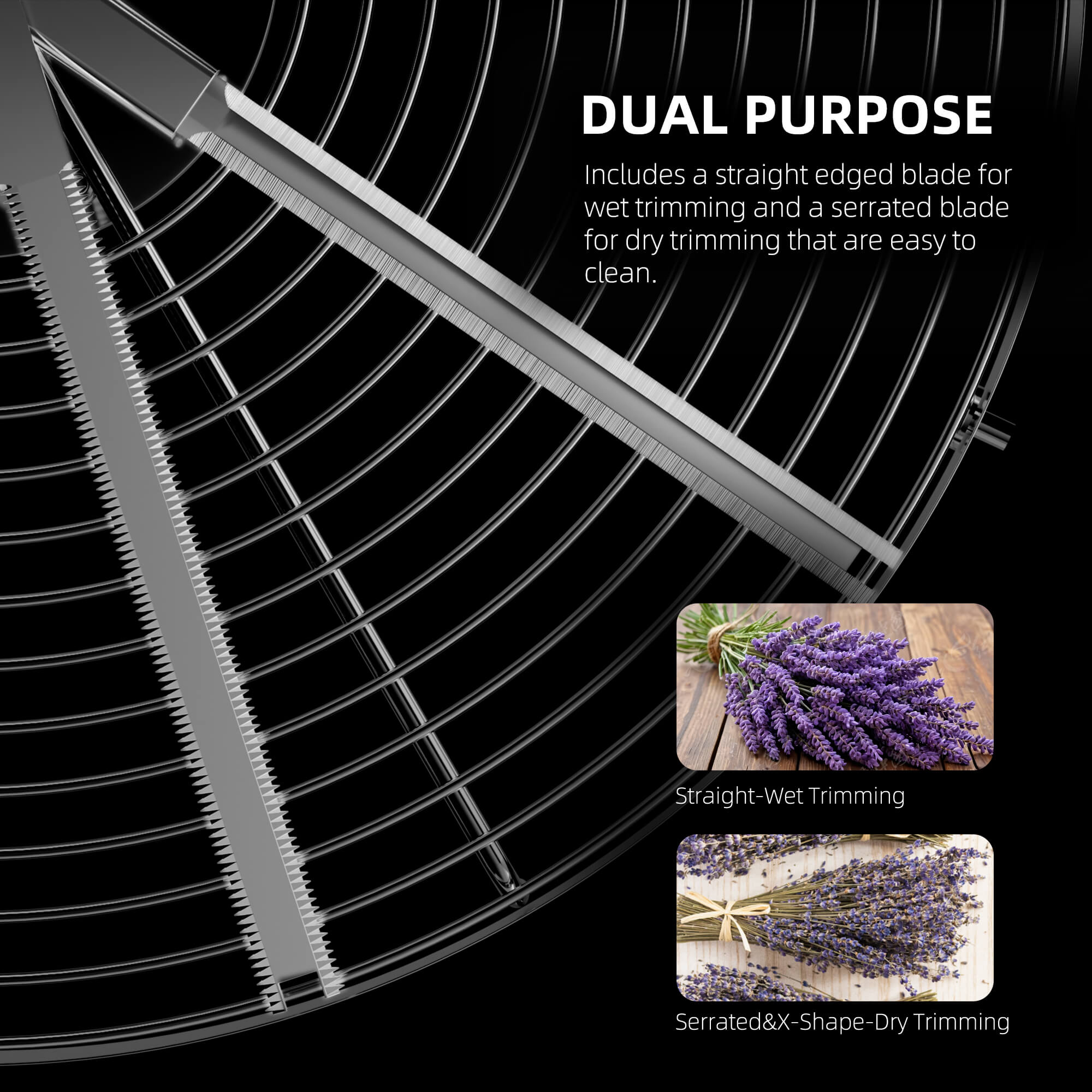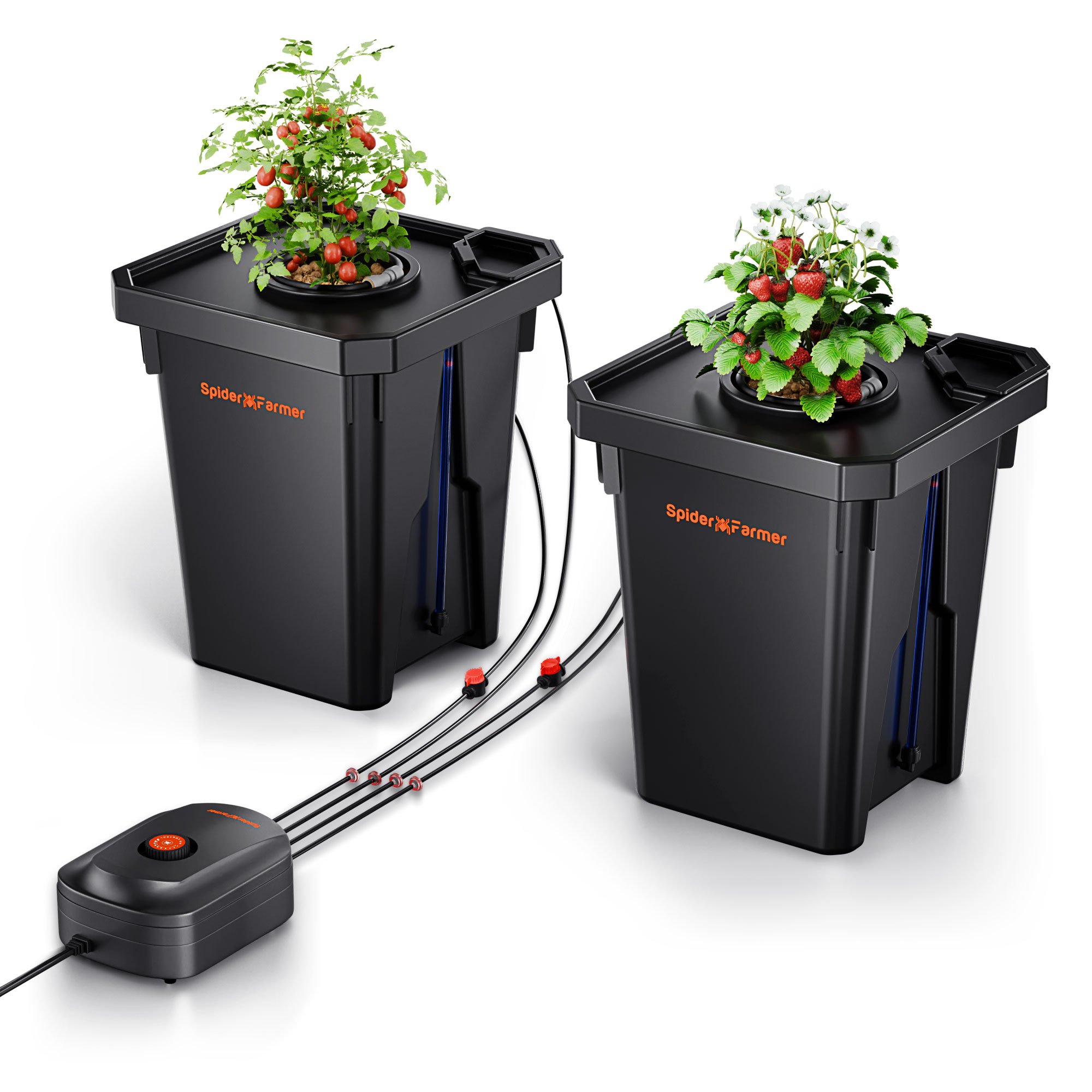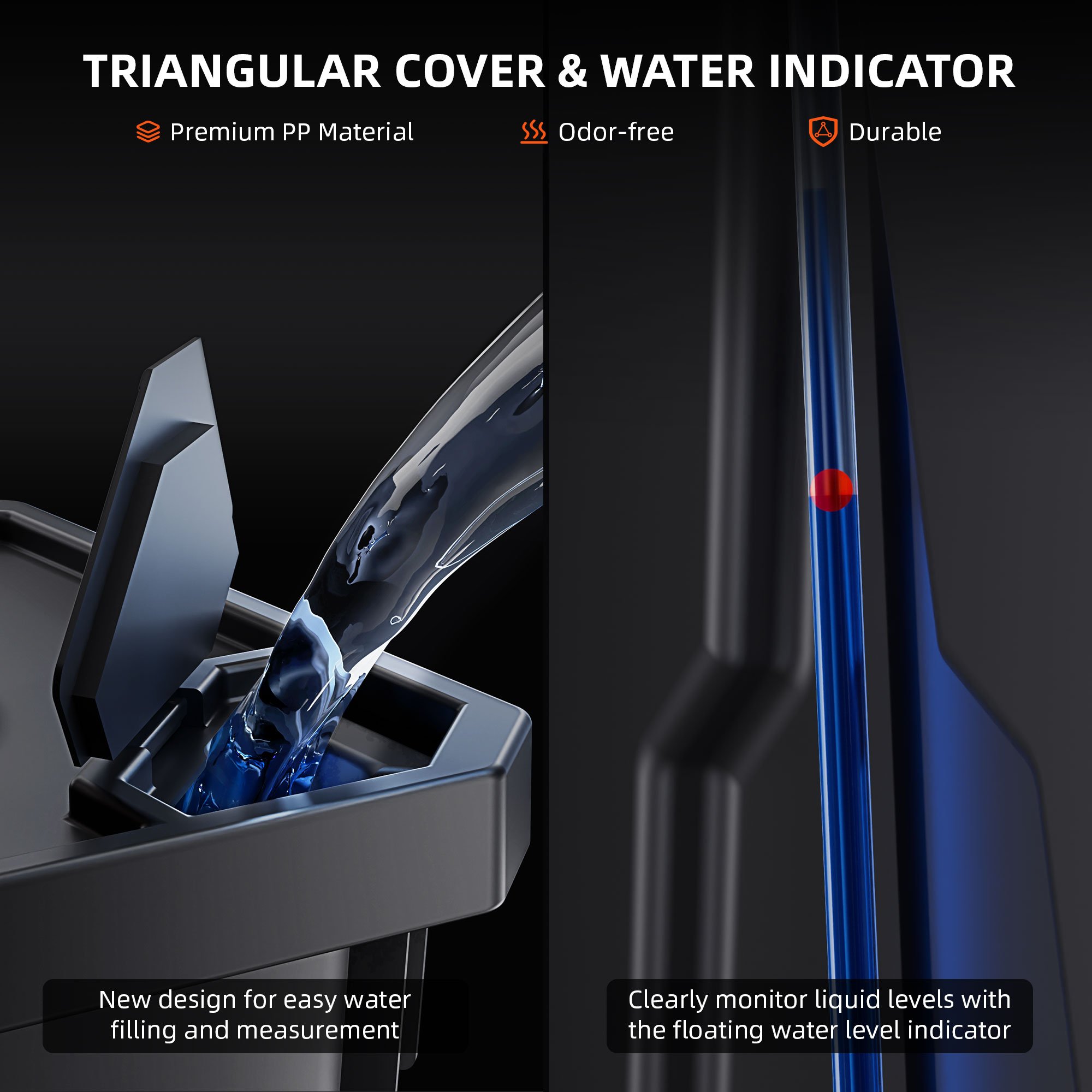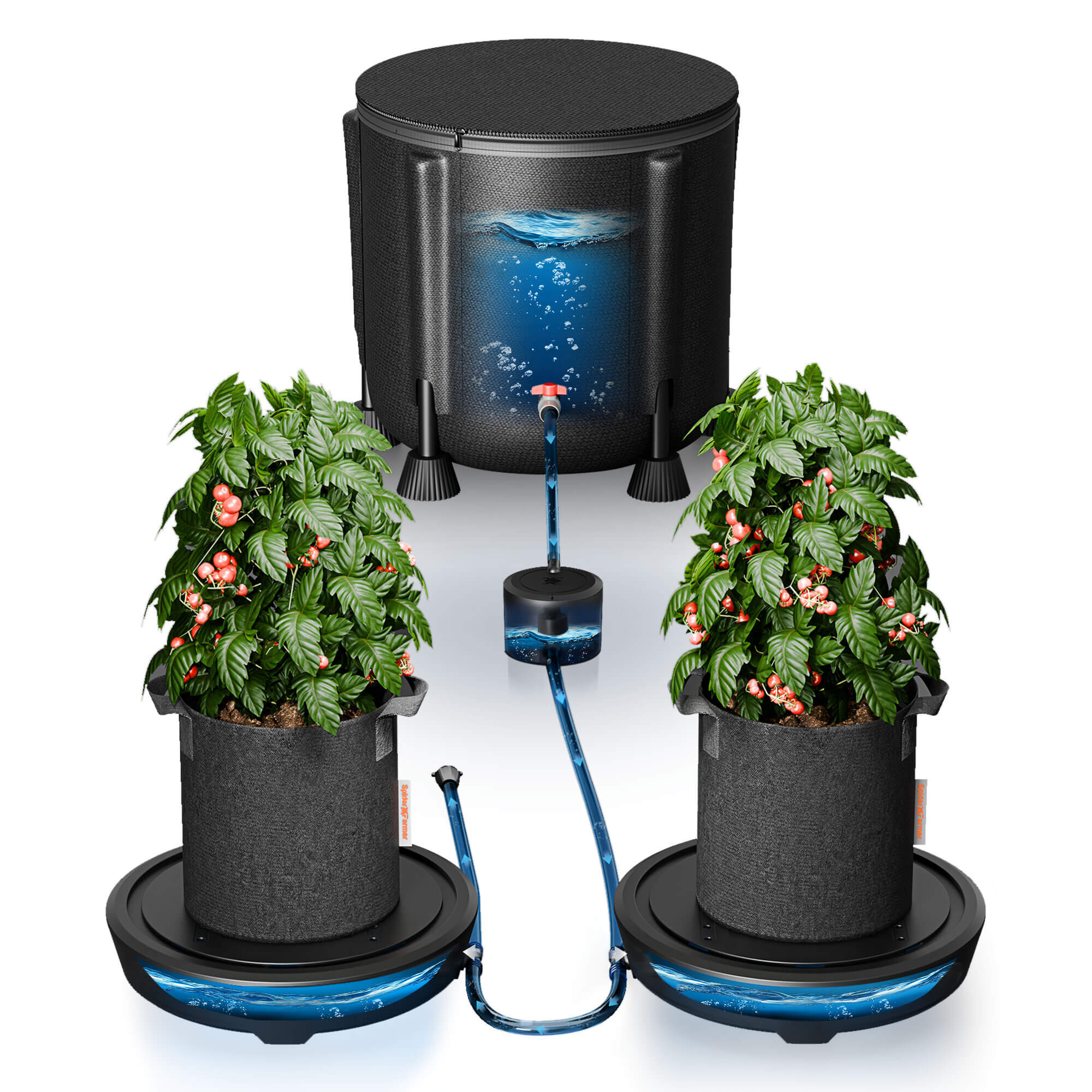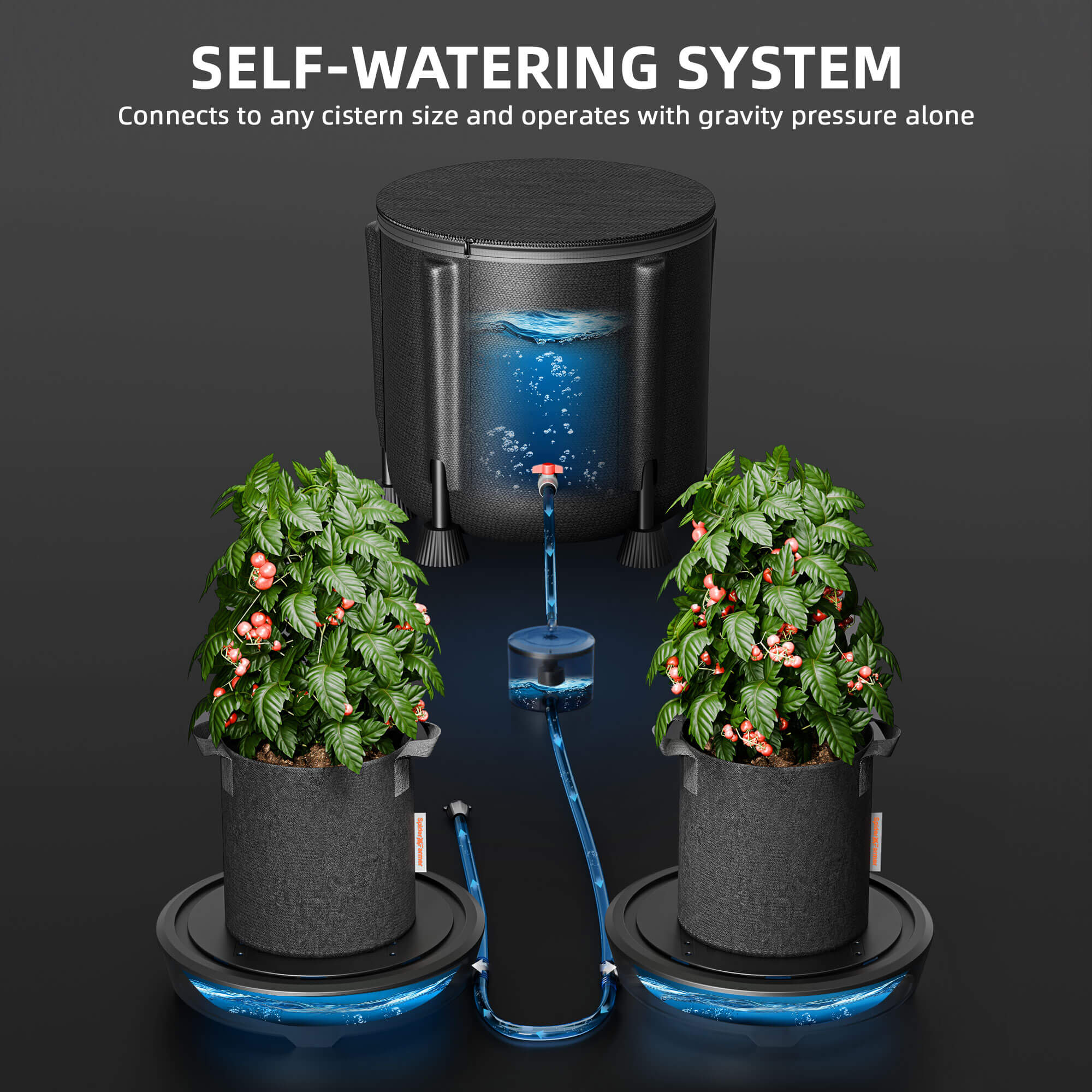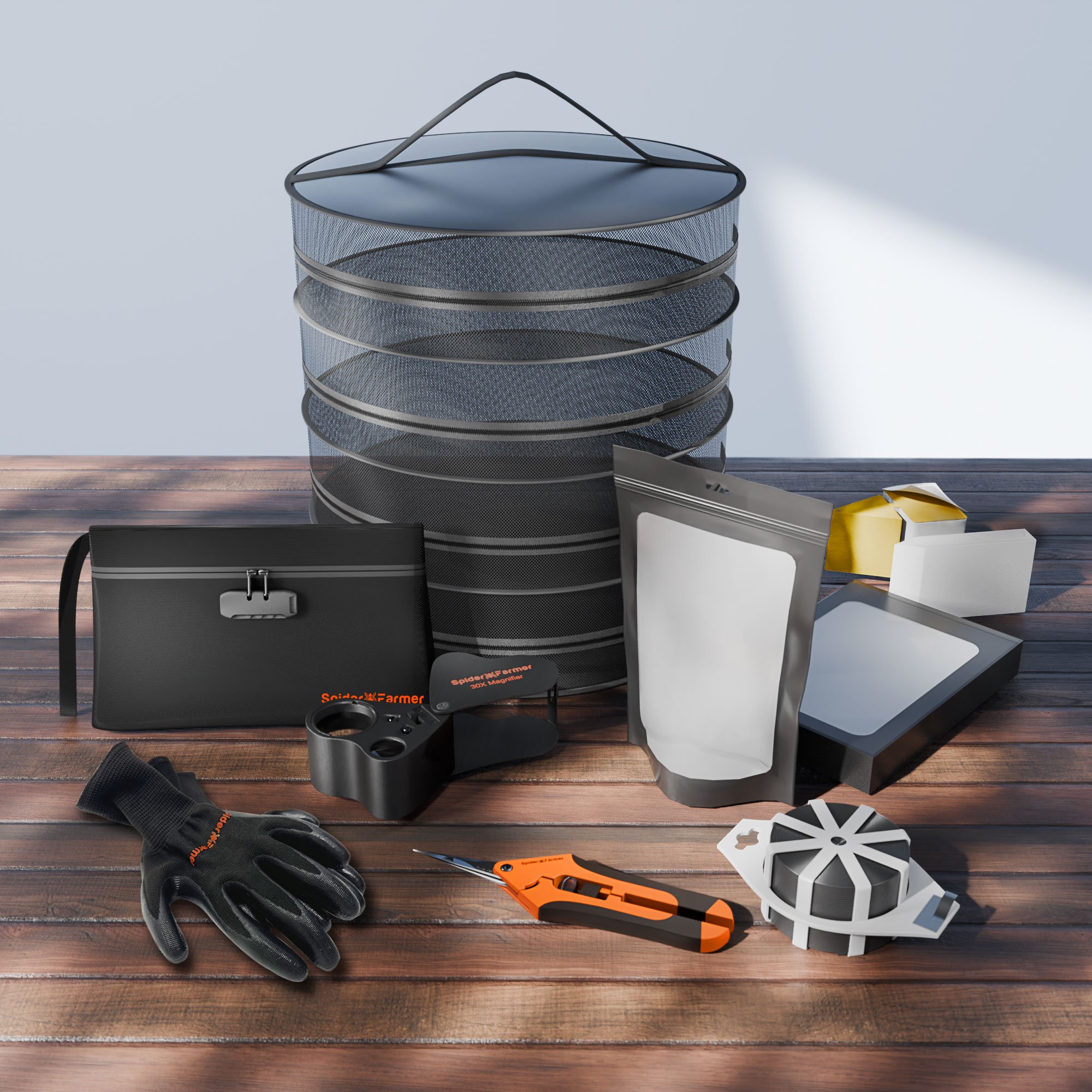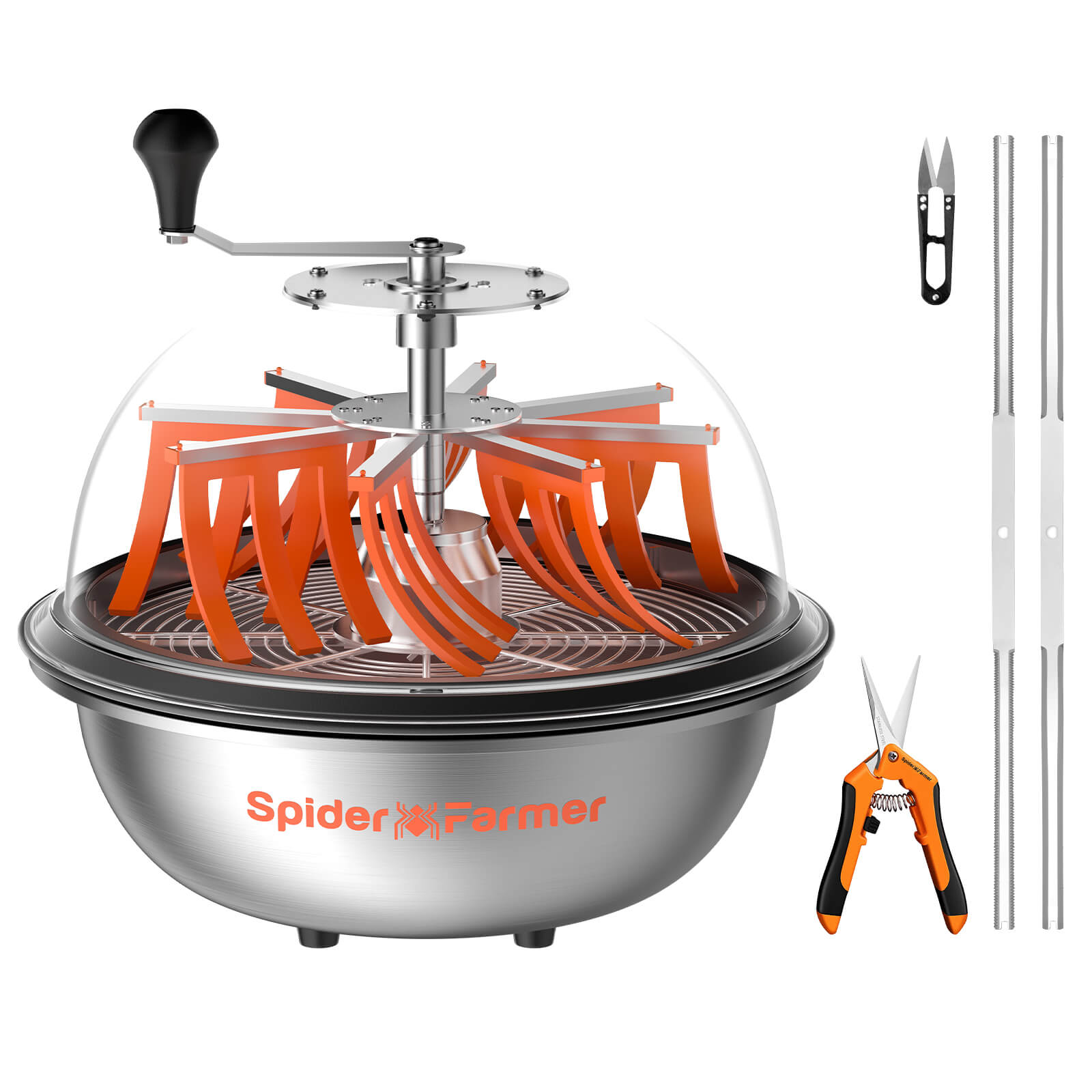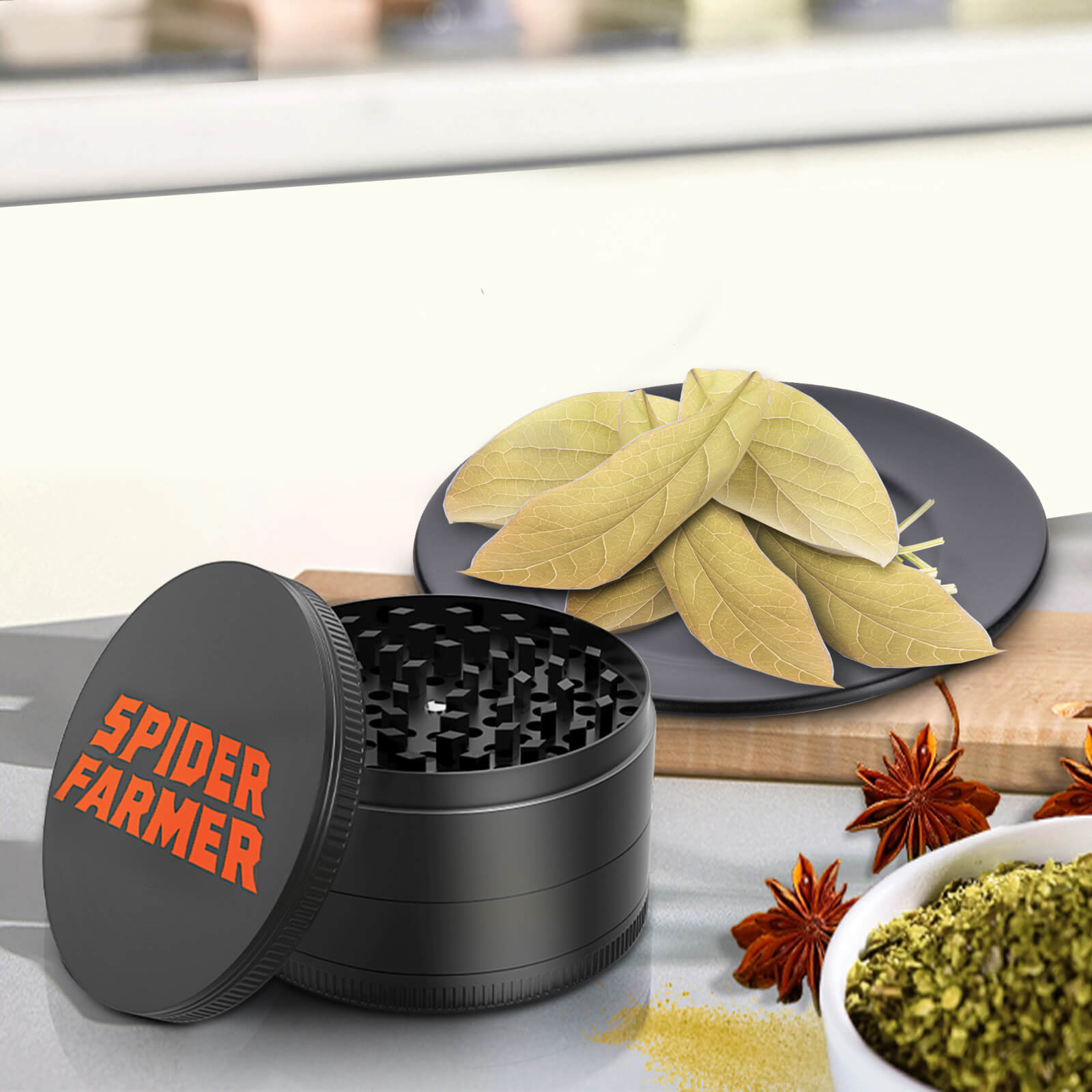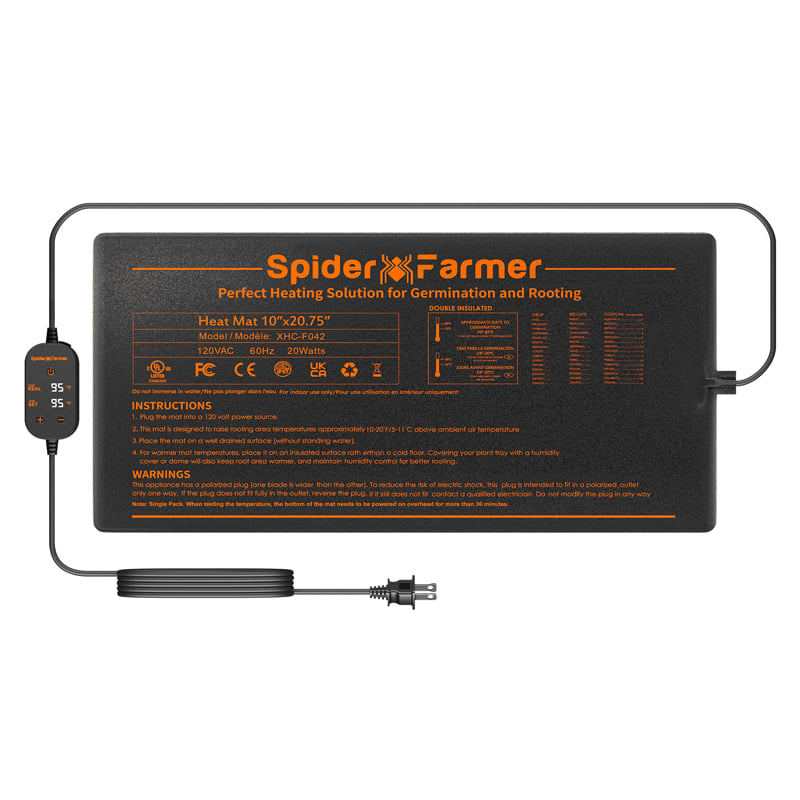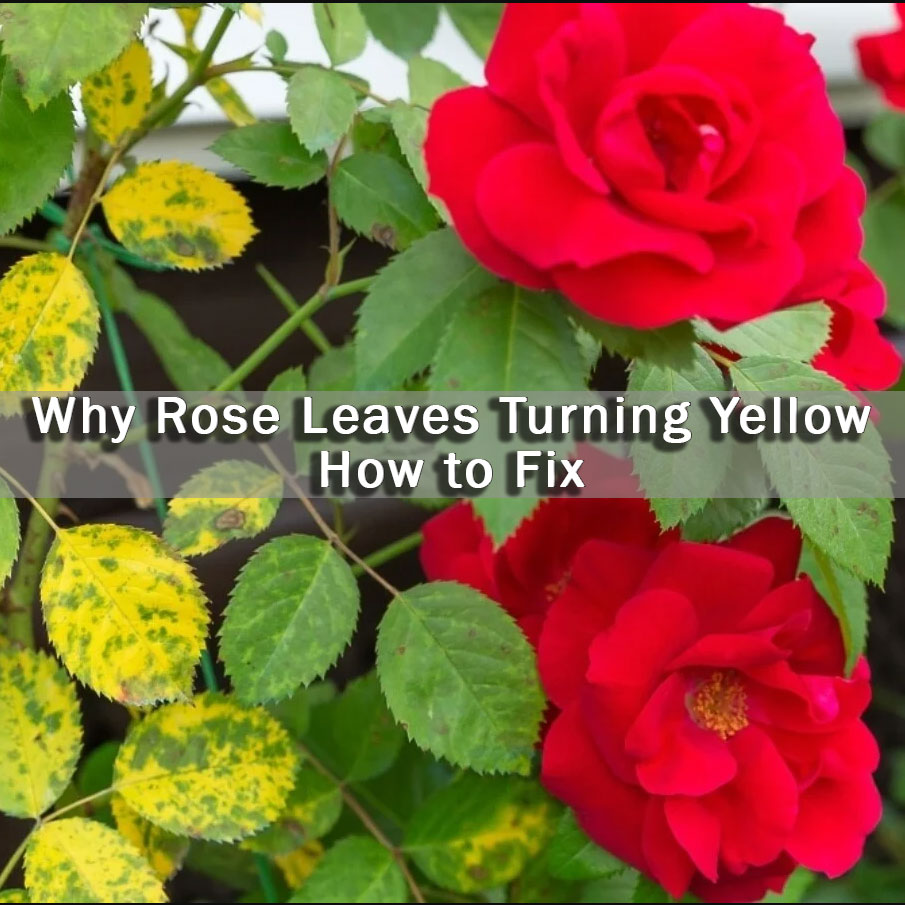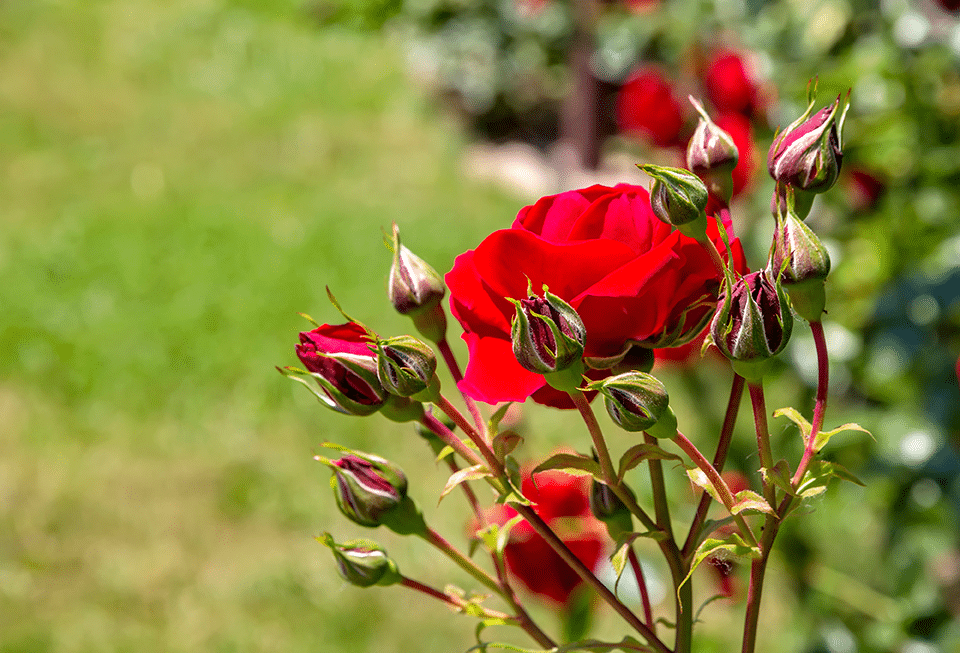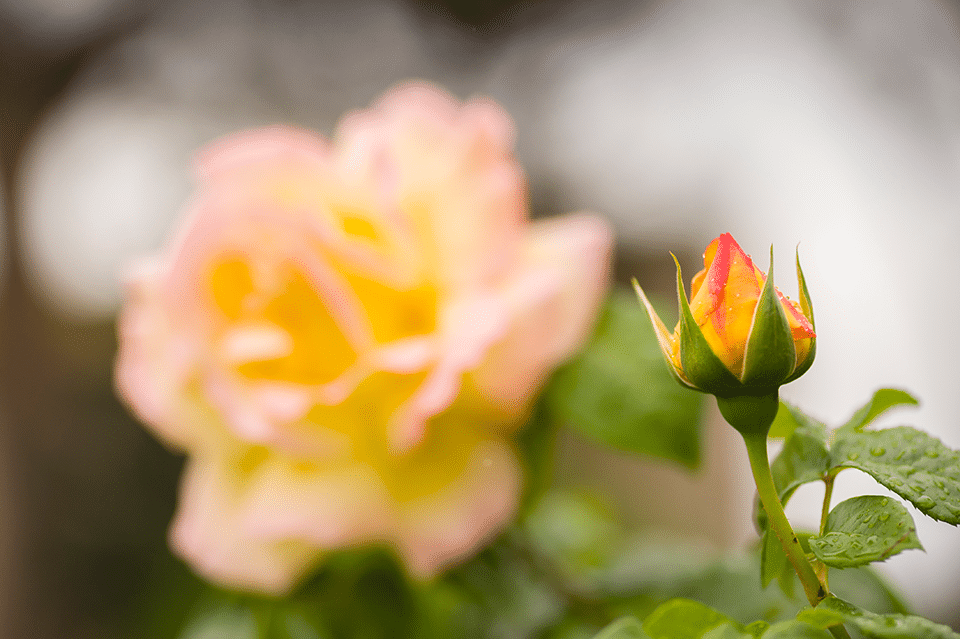Why Are My Rose Leaves Turning Yellow
Yellowing leaves on rose plants can be a cause for concern for any gardener, signaling that something might be amiss with one of our most beloved ornamental plants. Roses require a careful balance of environmental factors and proper care to thrive. The onset of yellow leaves on roses alerts you to potential problems ranging from nutrient deficiencies to water stress or disease infestations. Why are my rose leaves turning yellow? How to fix yellowing rose leaves? In this guide, we will explore the various causes of rose leaves turning yellow and offer insights for each.
Table of Contents
High Soil pH
Roses thrive best in slightly acidic soil, with an ideal pH range of 6.0 to 6.5. When the pH of the soil is too high, making it too alkaline, it can prevent the roses from absorbing iron and other essential micronutrients, leading to deficiencies. A common symptom of high soil pH is iron chlorosis, where rose leaves turn yellow while the veins remain green.
When you notice the iconic sign of high soil pH, you can lower the pH by adding sulfur or aluminum sulfate. These amendments should be applied according to the package instructions and considering the existing soil pH.
Iron Deficiency
Apart from high pH levels, direct nutrient deficiency, particularly iron in the soil can cause yellowing of rose leaves. Iron is crucial for chlorophyll production, the green pigment in plants that enables photosynthesis.
To supply your roses with enough iron, adding iron supplements to the soil can help, especially forms of iron that are readily absorbable by plants, such as iron chelate. Additionally, incorporating organic matter like compost into the soil can enhance its nutrient content and improve iron availability.
Overwatering
Overwatering and inadequate soil drainage lead to waterlogged conditions that suffocate the roots, depriving them of oxygen and leading to root rot. Under this occasion, the yellowing of rose leaves is often accompanied by a general wilting or sogginess of the plant. The leaves might feel soft and pliable rather than crisp.
First, it’s actually not suggested to water your plants regularly. Instead, ensure that roses are watered only when the top inch of soil is dry. Adjust watering frequency based on weather conditions - more during hot, dry periods and less during cool, humid, or rainy periods.
If drainage is poor, consider amending the soil with coarse sand or organic material to enhance permeability. For potted roses, ensure that containers have adequate drainage holes.
Compact Root
Compacted soil can also lead to poor oxygen availability for roots. This is often a consequence of high foot traffic near the plant or poor initial soil preparation. Similar to overwatering, root compaction causes yellowing leaves, but may also stunt growth as roots are unable to expand and function effectively.
To remedy a compact root system, you can periodically aerate the soil around your roses. Use a garden fork to gently loosen the soil, being careful not to damage deep roots.
Spider Mites Infection
Aphids, spider mites, and thrips are attracted to roses and can cause significant damage. Among them, spider mites are the major culprit of rose leaves turning yellow. A telltale sign of their presence is the appearance of white webbing on the underside of leaves. Once the roses are affected, they often display yellow spots and blotches, which can lead to the complete fading of the foliage over time.
To combat spider mites, a forceful spray from a garden hose can effectively dislodge them from your roses. Focus on spraying the undersides of the leaves, and perform this action early in the day to allow the foliage to dry before evening. For severe infestations, consider repeated treatments with horticultural oil. It's important to avoid using broad-spectrum pesticides that could also harm beneficial insects in your garden.
Heat Stress
Although roses generally handle sun and heat well, they can still suffer from heat stress, particularly in warmer USDA plant hardiness zones. Heat stress in roses typically occurs when intense sunlight heats surfaces near the plants, such as buildings or the ground, which then reflect heat back onto the roses.
To mitigate heat stress caused by reflections from a nearby building, consider installing a wooden trellis to provide some shade and reduce the heat reflection. If the problem is heat reflecting from the ground, applying natural mulch around the base of the rose bush can significantly cool the soil and help protect the plant.
Fungal Disease
Black spot is a common fungal disease that leads to yellowing of rose leaves. It presents irregularly shaped brown and black spots on the leaves, which are typically surrounded by yellow halos. As the infection progresses, affected leaves often fall off, potentially leading to significant leaf loss or even the death of the plant if not managed.
While black spot cannot be completely eradicated once present, it can be managed effectively. Infected leaves and any fallen debris around the plant should be removed and properly discarded. Don’t forget to sanitize pruning tools between cuts to prevent spreading the disease.
Conclusion
In conclusion, rose bush leaves turning yellow can signal a variety of underlying issues, each demanding a tailored approach for resolution. From environmental stressors like high soil pH and heat to biological challenges such as nutrient deficiencies, overwatering, and pest invasions, each cause has its distinct impact and solution. By understanding the specific reasons behind the yellowing leaves, gardeners can effectively address and mitigate these problems to maintain the health and beauty of their roses.


